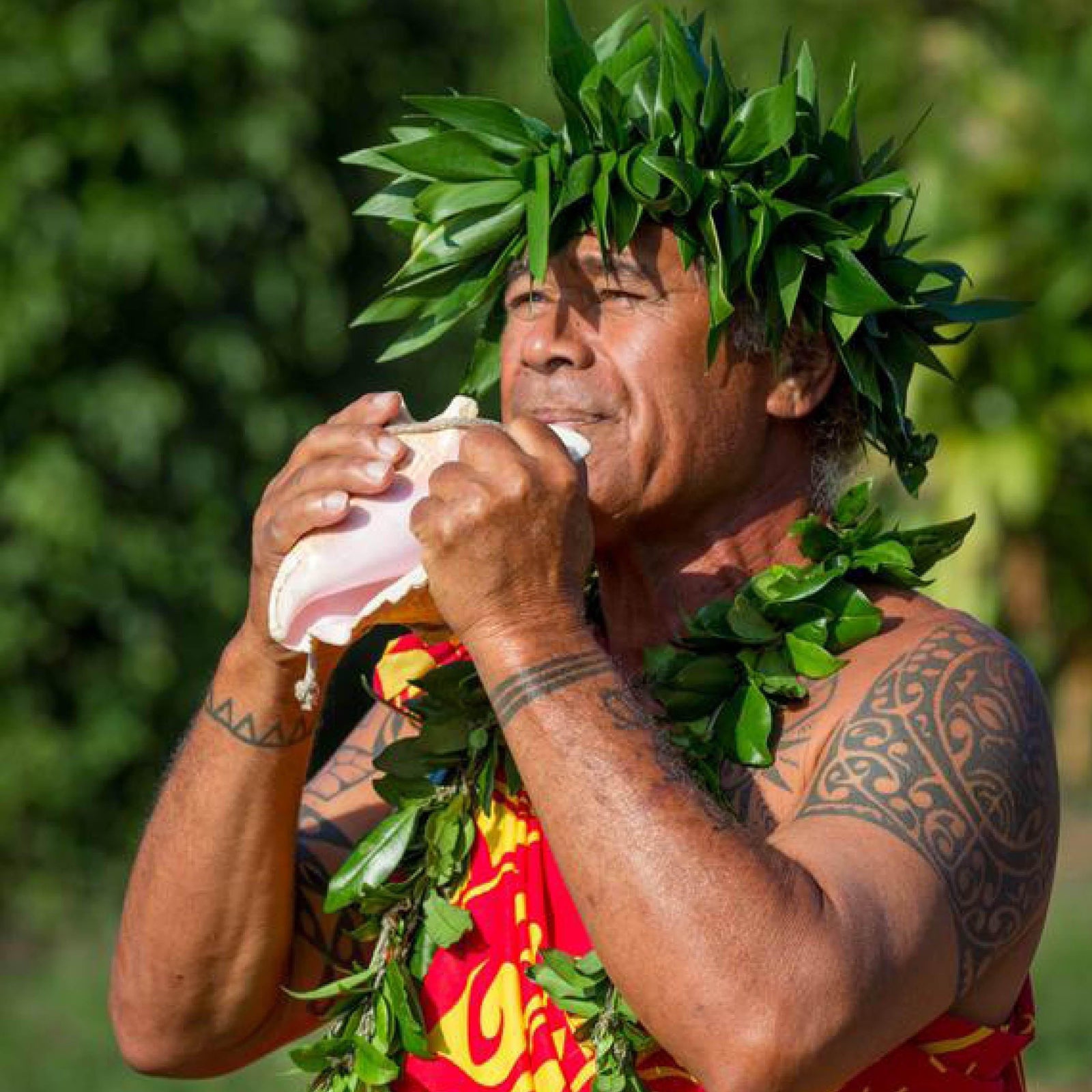
Many cultural practices in Hawai‘i serve to distinguish Hawaiian culture from other cultures. Three of them are lei, oli and Hawaiian blessings.
As many already know, a leiis a garland usually worn around the neck made of fresh flowers, shells, feathers or other objects strung together. Leiis given on special occasions or as a welcome or departing gift, and worn or presented for Hawaiian ceremony or hula(dance).
Oli is the Hawaiian word for chant. Hawaiians did not have a written language until the 1820s. Before and after this time, Hawaiians used chant as a way to record information for the purpose of passing it on from one generation to the next.
Hawaiian blessings utilize lei and oli and it is a third cultural practice that distinguish Hawaiian culture from other cultures. There are many kinds of Hawaiian blessings for all different reasons like moving into a new home or a previously owned home and a groundbreaking prior to laying the foundation for a new building, park or other.
It’s safe to say most, if not all, cultural practices have protocol. For example, a recipient should always accept a leifrom its giver. Some will even add that the recipient should not take off the lei in front of the giver as that would be a sign of disrespect.
With oli,there are literally hundreds of chants for very specific things such as asking permission to enter a room or a forest, for protection and to record information like births, deaths, good times and bad. Within the overall category of olithere are 1. genealogies, 2. tales of powerful chiefs, 3. stories of the beauty of various lands, 4. expressions of love to woo a potential lover.
A kahu, a pastor or priest, or a cultural practitioner, someone with knowledge of Hawaiian studies, chant, language and history, perform Hawaiian blessings. They have been trained in protocol to perform blessings. They choose the oli, call upon a kua (god) and more.
“In Hawaiian blessings we are asking a kua,‘aumakua (guardian angels), kūpuna (elders) in the heavens, the sea and the land to help us take care the natural gifts they once cared for,” said Kimokeo Kapahulehua, cultural practitioner. “We’re asking that the natural gifts be given to us and we’re accepting the natural gifts.”
Earlier this year, Kapahulehua led a Hawaiian blessing at Maui Ku‘ia Estate Cacao Farm calling upon ancestors and the ancestral god Kane, the highest of the four major Hawaiian deities, and the chief of the Hawaiian trinity, which also consists of his brothers Lono and Ku. In contrast to Lonobeing the deity of cultivated foods, Kane is the god of wild foods and plants like trees. He is also the god of the forests and jungles with all their gifts like wood, medicinal plants and leaves.
Kapahulehua performed the blessing wearing lei and giving leito those most closely involved in the project and those with the most kuleana (responsibility). He offered several oliand spread Hawaiian salt and wai(fresh water) with ti leaves. He blessed the elements, land, soil, trees, cacao pods and all of the people involved in the farm operation and the business. He included family and friends - past, present and those who were unable to attend.
He continued the blessing at the site of the to-be-built chocolate factory less than a mile away. He blessed the owners, employees, architects, construction crew, chef, the marketing team, more family and friends and neighbors. We formed a circle, held hands and he asked the people before us to help us take care of the gifts. We prayed for each other and the success and safety of the new building and business. We exchanged leiagain and Kapahulehua continued to olias he walked the four corners of the property spreading Hawaiian salt and waiwith ti leaves following Hawaiian protocol.





Leave a comment (all fields required)